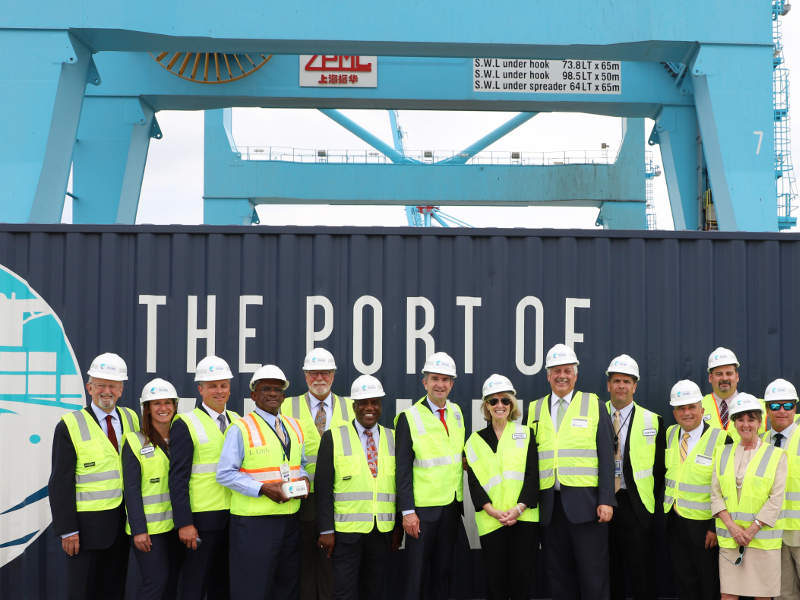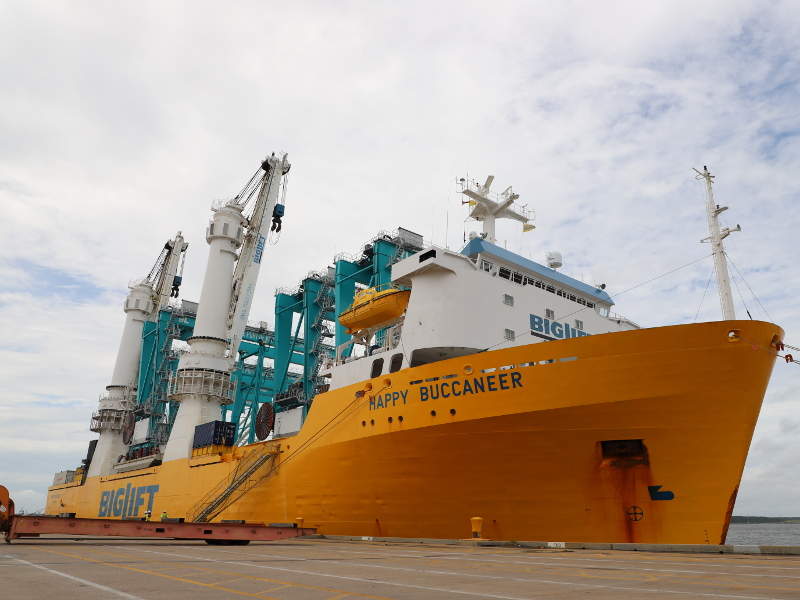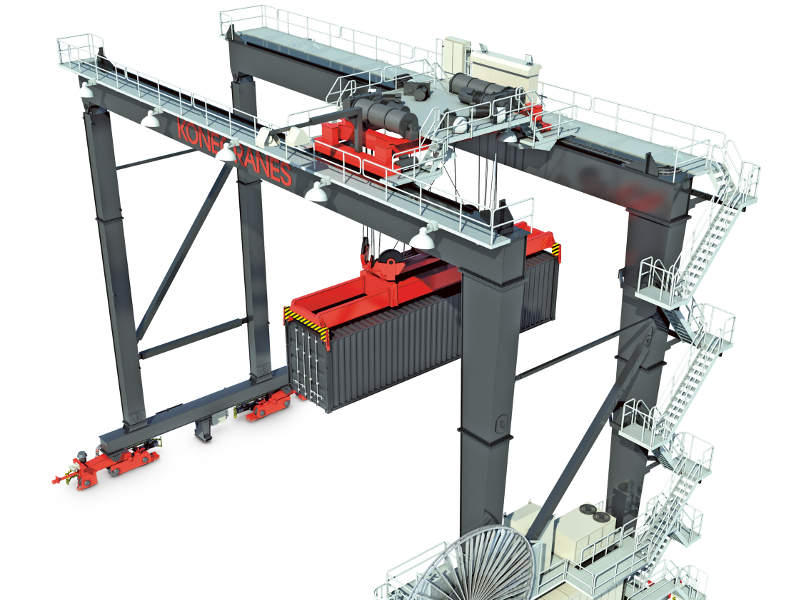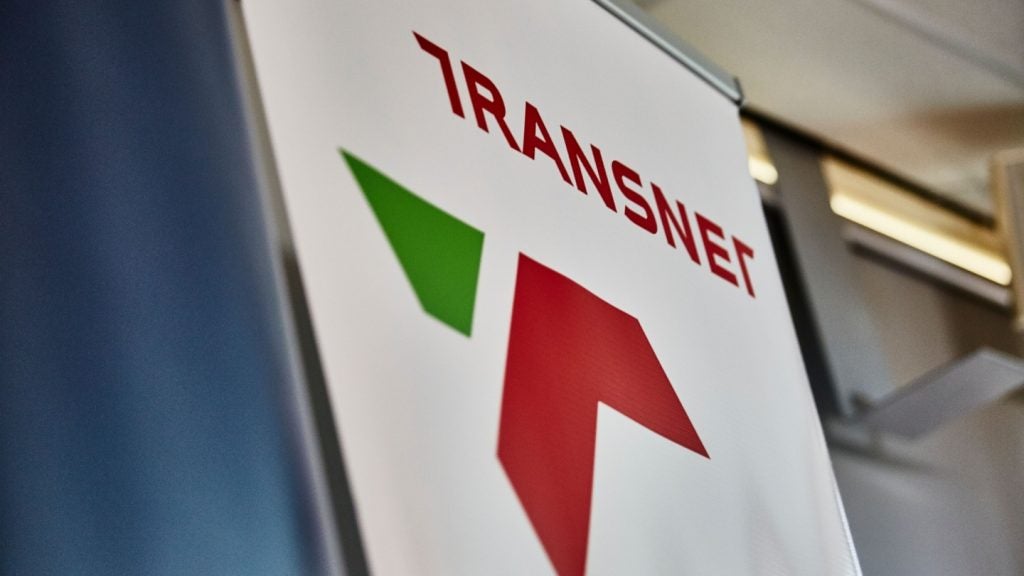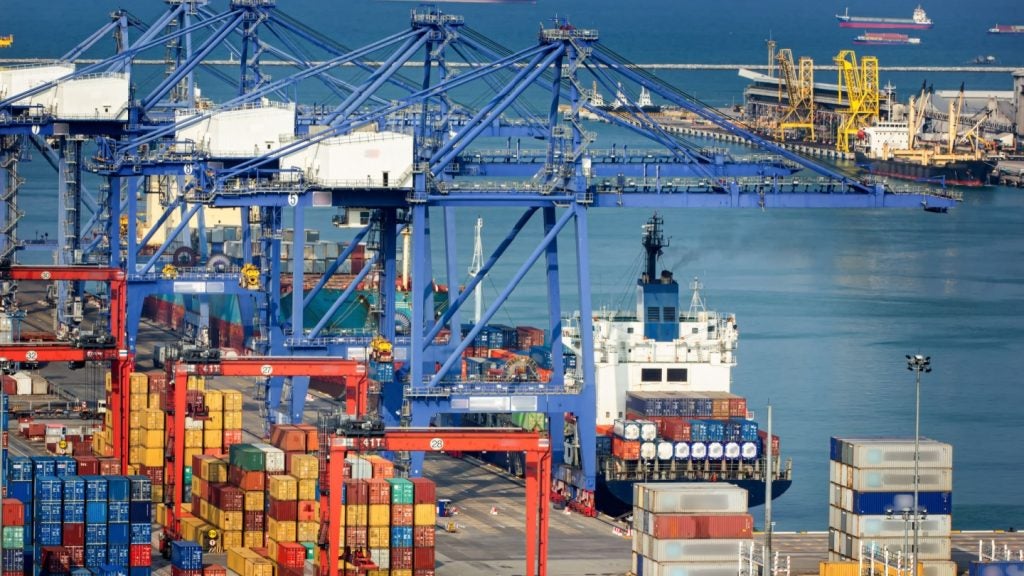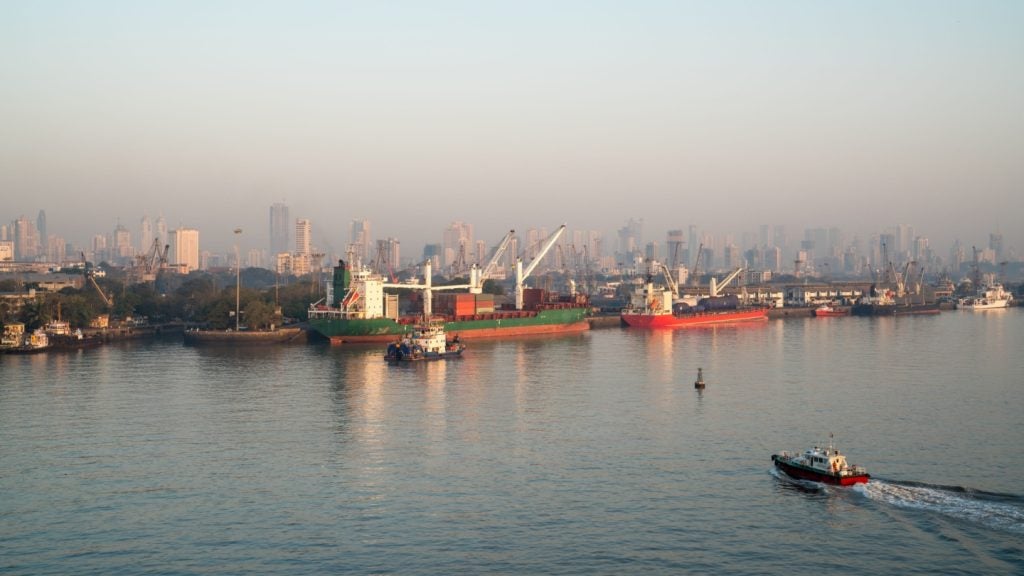Port of Virginia, the fifth biggest container port in the US, is located on the harbour of Hampton Roads, Virginia. Managed by Virginia Port Authority, the deepwater port handles more than 2.3 million twenty-foot equivalent units (TEUs) of cargo a year.
The port extends over an area of 1,864 acres (754ha) and features 19,885 linear feet of berth space, 50ft-deep channels and 48km (30mi) of on-dock rail.
The Port of Virginia comprises six terminal facilities, including Norfolk International Terminals (NIT), Newport News Marine Terminal (NNMT), Virginia International Gateway (VIG), Portsmouth Marine Terminal (PMT), Richmond Marine Terminal (RMT) and Virginia Inland Port (VIP).
Virginia Port Authority is currently implementing the VIG expansion and southern stack / container yard expansion at NIT with an estimated investment of $320m and $350m respectively.
Virginia International Gateway expansion details
The VIG expansion project aims to double the terminal’s annual cargo handling capacity and grow the annual container capacity of the port by 40% by 2020. It will also enable the terminal to handle 1.2 million containers a year while creating 166,000 jobs, $22bn in additional spending and more than $636m in state and local taxes.
The project also involves the addition of 650ft of wharf and four new Suez-class container cranes.
Expansion of stack / container yard includes the addition of 13 container stacks and 26 new rail-mounted gantry cranes (RMGs).
The rail yard expansion covers the construction of 19,600ft of track and installation of four cantilever rail-mounted gantry cranes (CRMGs), while four inbound gate lanes will be added as part of the gate expansion.
VIG will also feature the new unified N4 terminal operating system, which is currently being used in other terminals.
In February 2017, the port commenced the expansion of VIG as part of the 2065 Master Plan. The project is expected to be completed by late-2019.
Other expansions at Port of Virginia
The Port of Virginia intends to install advanced equipment at NIT, construct Craney Island Marine Terminal, upgrade equipment and facilities at RMT, and reinvest in PMT and NNMT for non-containerised cargo services, under the 2065 Master Plan.
Construction of the $350m NIT expansion project commenced in January 2018 and is expected to be completed by mid-2020.
The south stack / container yard at NIT will be reconfigured by using 60 new rail-mounted gantry cranes, which will increase the terminal’s annual capacity by 400,000 containers.
The cranes will be mounted on rails and will then be assembled and tested to be put into service by September 2018.
Financing details
The projects being executed at the Port of Virginia under the $3.14bn capital investment plan (CIP) will expand port capacity through the construction of new facilities and improvement of the utilisation and efficiency of existing facilities.
CIP allocations for the 2065 Master Plan include 21% for NIT, 30% for equipment, 2% for dredging, 36% for CIMT, 10% for VIG and 1% for other works.
CIP funding is secured through terminal revenues and commonwealth port fund, as well as state, regional and federal funds.
Contractors involved
The wharf expansion at the VIG terminal is being carried out by Weeks/McLean joint venture (JV), stack/container yard expansion by Allan Myers VA and rail yard expansion by Branch Civil.
In November 2016, the port placed a $217m contract with Konecranes for the supply of 86 RMGs. TMEIC supplies the electric equipment and automation solutions required for the cranes.
Navis was contracted to provide the N4 terminal operating system for the VIG expansion.

